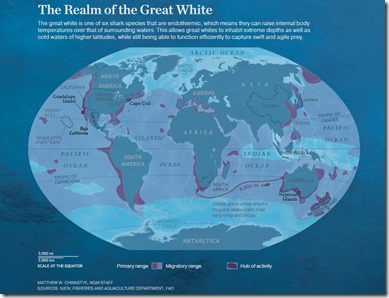I’ve already highlighted how Fuvahmulah and Pelagic Divers are specialists in the tiger diving experience, but also thanks to Pelagic Divers, you can be one too. They not only offer a “Tiger Shark” PADI Speciality Course, but they were the ones who actually developed it.
- · “Pelagic Divers Fuvahmulah has announced a new partnership with PADI, the world’s leading scuba diving training organisation. Together, they are introducing a Tiger Shark Specialty Course, designed specifically for divers who want to safely and responsibly dive with tiger sharks in the unique waters of Fuvahmulah, Maldives. This course has been personally designed and written by Ahmed Inah, the owner of Pelagic Divers Fuvahmulah. It is based on Inah’s years of experience shark diving in Fuvahmulah and is designed to enable divers to share his passion for responsibly scuba diving with tiger sharks in the area. Whether you are a beginner or an experienced diver, this course will provide you with the knowledge and skills you need to safely and responsibly dive with these majestic creatures in Fuvahmulah. The Tiger Shark Specialty Course includes two training dives with tiger sharks, as well as theory and an exam. It is designed to teach divers the basic safety protocols for diving with tiger sharks in Fuvahmulah and is only available through Pelagic Divers Fuvahmulah.”

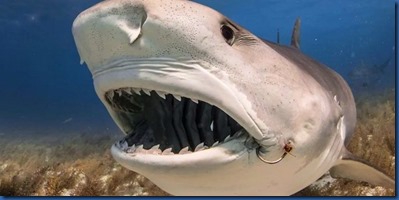
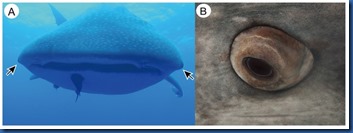
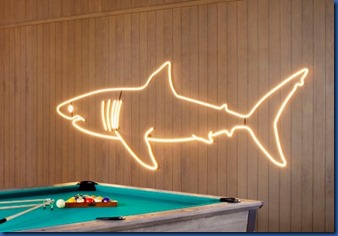
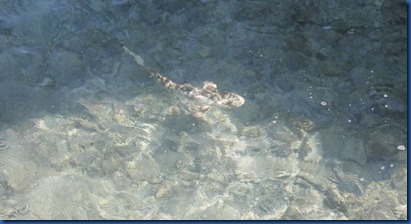
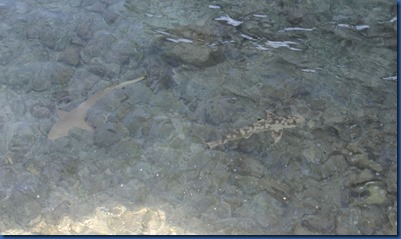
![LUX South Ari Atoll - shark swing] LUX South Ari Atoll - shark swing]](http://blog.maldivescomplete.com/wp-content/uploads/2020/07/LUX-South-Ari-Atoll-shark-swing.jpg)
